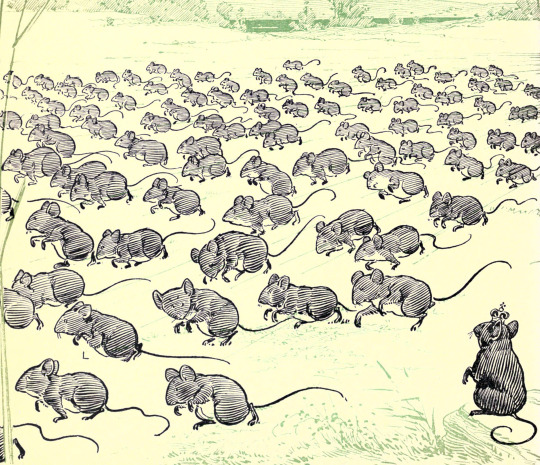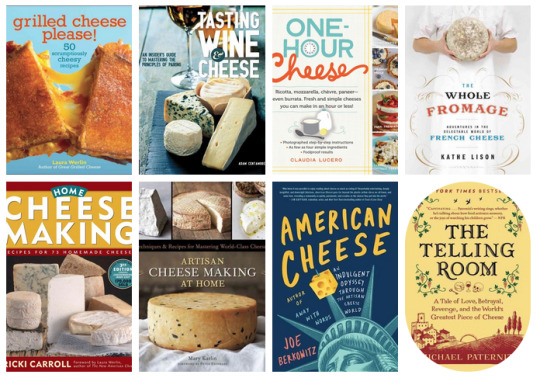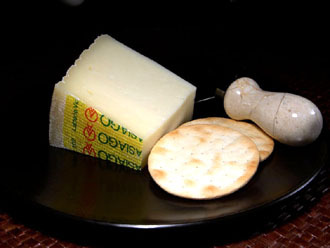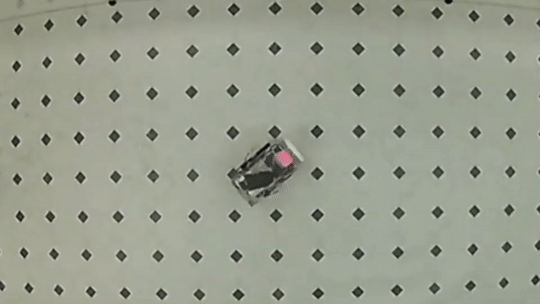Note
It's been a bit and nobody's asked anything. Is this blog still active?
I'm still here, but nobody's been asking me anything and I ran out of cheese and mice to queue!
8 notes
·
View notes
Photo

Source details and larger version.
My collection of rats and mice, some giant, some playing while the cat’s away.
47 notes
·
View notes
Photo

Title
Hazel dormouse - Muscardinus avellanarius
Photographer: Alberto Tarroni - Italy
Neutral Density Photography Awards
66 notes
·
View notes
Text

Today’s mouse is the Give a Mouse a Cookie mouse from the Give a Mouse a Cookie books!
18 notes
·
View notes
Text

Today’s mouse is Gilberto from Katy Caterpillar (1984)!
26 notes
·
View notes
Text


Illustrations from 'Brambly Hedge - Winter Story' by Jill Barklem
284 notes
·
View notes
Link
There are only 365 days in a year, but it seems as if there are a million “holidays” assigned to them, some of them bordering on ludicrous (National Ask Your Cat a Question day?).
January 2 was National Swiss Cheese Day, which, all things considered, must make it a truly Holey Day. (Yes, that was cheesy). Swiss Cheese is actually a misnomer. Any cheese made in Switzerland is considered a Swiss Cheese. What Americans refer to as a “Swiss Cheese” is actually an Emmental cheese that contains “eyes” - trademark holes caused by gasses created during manufacture.

Have you ever thought of making your own cheese? Many of them are rather simple to make (cottage cheese takes just three ingredients - milk, salt, and vinegar, which replaces the old-fashioned rennet from the cow’s stomach), and all of them will be fresh without chemical preservatives. It’s easier than you think! Unlike canning, mistakes aren’t likely to kill you. Try it as a winter project - you might just discover a new (and tasty!) hobby!
Check out these instruction books for doing your own experiments with cheese.

…
Read more on The Cheshire Library Blog.
13 notes
·
View notes
Text
You ever see a wheel of cheese and think abut eating all of it or is that just me.
2 notes
·
View notes
Text
🧀CHEESE OF THE DAY: QUARK🧀

•Made from pasteurized cow's milk
•Country of origin: Australia, Austria, Belarus, Czech Republic, Denmark, Germany, Hungary, Netherlands, Norway, Poland, Russia, Sweden and United States
•Family: Cottage
•Type: fresh soft, artisan
•Texture: creamy and smooth
•Rind: rindless
•Colour: white
•Flavour: mild, milky
•Aroma: milky, sweet
•Vegetarian: yes
•Coagulant: non-animal rennet
•Synonyms: Tvorog, Twaróg, Quarck, Qark, Tyros, Tyr, Turo, Tvarog, Topfen, Plattekaas, Kwark, Kvark
Quark (or quarg) is a traditional, creamy, vegetarian, fresh dairy product tracing its origin to German-speaking and Eastern European countries. It is known by many names, chief among them being творог in Russian, tvaroh in Czech and Slovak, topfen in Austria, kwark in Dutch, kvark in Denmark and kvarg in Norway and Sweden. Quark is said to be a cross between yoghurt and cottage cheese.
This fresh, soft, white curd cheese is prepared from pasteurised cow's milk with a small amount of rennet added to achieve a good, firm curd. However, traditional quark is a purely fresh dairy product and does not make use of rennet.
It is moist, snowy white in colour with a subtle taste and smooth & soft texture. Its texture is similar to that of cream cheese, pot cheese or ricotta, with a fat content ranging from low to medium. Quark is usually sold in plastic tubs with most or all of the whey. The flavour is reminiscent of sour cream with the seasonings of herbs, spices or fruits. The quark makes a great base for many recipes, such as cheesecake, pasta, creamy sauces, sandwiches, salads and desserts. It pairs well with Champagne, White sparkling, Pacherenc-du-vic-bilh White, Coteaux-du-layon White, Monbazillac White and Cadillac White.
Quark is also produced outside their respective native countries, such as in Australia and the United States.
Love me some Aussie Quark.
1 note
·
View note
Text
🧀CHEESE OF THE DAY: ASIAGO DOP🧀

•Made from cow's milk
•Country of origin: Italy
•Region: Veneto, Trentino
•Type: hard
•Fat content: 34-48%
•Texture: compact, crumbly, open and smooth
•Rind: natural
•Colour: yellow
•Flavour: full-flavored, mild, milky, sharp
•Aroma: pungent
•Vegetarian: no
Asiago DOP (protected designation of origin) is a cow's milk cheese produced only on the Asiago plateau in the Veneto foothills in Italy. The cheese-making tradition in the provinces of Vicenza and Trento dates back more than a thousand years. Traditionally, it was made from sheep's milk, but today it is produced from unpasteurised cow's milk.
The texture of Asiago DOP differs according to its ageing period. There are two types of Asiago - fresh Asiago (Asiago Pressato) has a smooth texture, while aged Asiago (Asiago d'allevo) has a crumbly texture. Asiago d’allevo is matured for different time periods; Mezzano for 4-6 months, Vecchio for more than ten months and Stravecchio for two years. On the other hand, Asiago Pressato made with whole milk, is matured for a month and sold fresh as a softer, milder cheese.
Depending on age, the rind of Asiago cheese can be straw-coloured and elastic to brownish-grey and hard. The paste can be white to dark yellow, with small to medium irregular holes. Based on the ageing, Asiago can be used for grating, melting, and slicing on various salads, sandwiches, soups, pasta, and sauces.
2 notes
·
View notes






